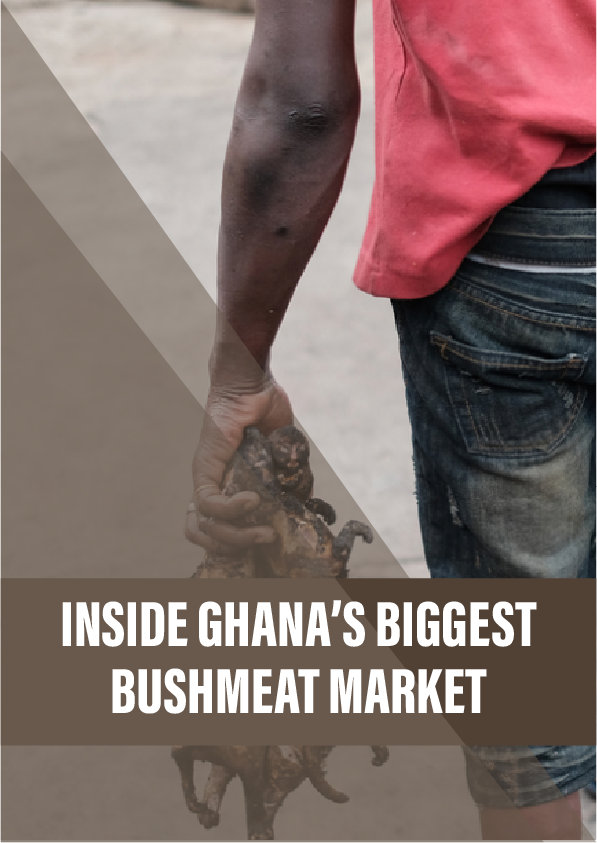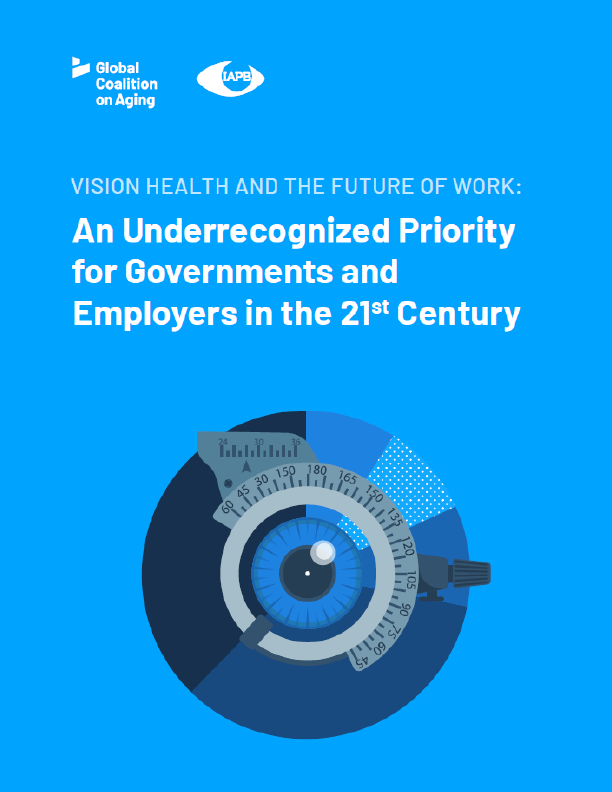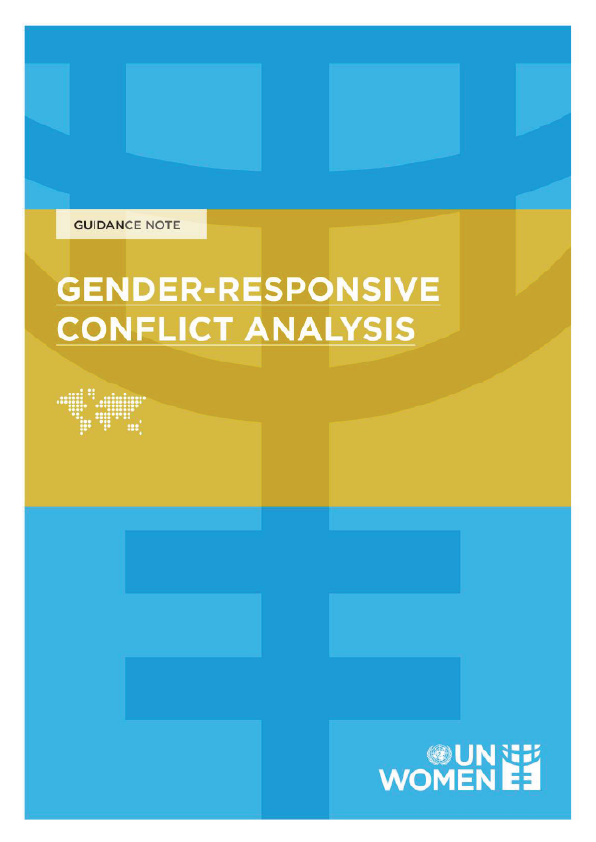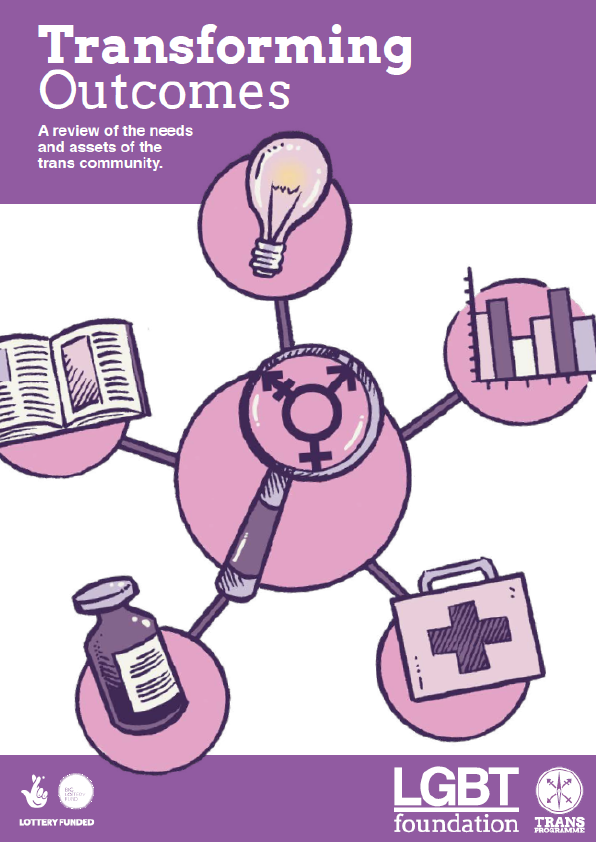Bushmeat, from wild animals captured for food, is a valuable source of protein in Ghana. But what health risks does it carry, and could it spread disease further afield? Yepoka Yeebo finds out.
The antelope looked exactly like a cartoon deer. It had rust-coloured fur, white spots on its hindquarters and an oddly regal bearing. Its throat had been slit, and it had just been dumped, rather unceremoniously, on the hard-packed black earth of the burning area at Atwemonom, the open-air abattoir at the centre of Ghana’s commercial bushmeat trade.
The antelope – a female bushbuck – arrived at dawn in a white plastic sack out of a rickety van. It was delivered along with 15 grasscutters (greater cane rats, which look like large guinea pigs and are about a foot long), eight giant rats and two hares. The market woman supervising the delivery had the butchers count everything twice.
Once the audit was done, a butcher singed the fur off the creatures over an open fire, then hauled the carcasses over to the nearby slaughter slab. That, by the way, is something of a misnomer. All the wild game that finds its way to Atwemonom is already dead. Nothing actually gets slaughtered here apart from the occasional visibly anxious goat.
At the slaughter slab, the carcasses are scrubbed of singed fur and soot. Then, what happens next depends on the market woman who owns the meat. Some have it gutted and dressed. Some prefer to keep the carcasses whole, toss them in an industrial freezer and butcher them just before they’re sold.
Atwemonom is in Kumasi, Ghana’s second city. It’s about ten minutes from the Central Market. The abattoir sits by a road so choked with traffic that, for hours, nothing appears to move. That morning the meat market was a hive of activity. Women were setting up their stalls, laying out huge stainless steel bowls of whole grasscutter and small duiker antelope.
Beyond the slaughter slab is a small lane, a thoroughfare for everyone from hawkers selling ice lollies to foreign salesmen peddling blenders on the never-never. On that morning it was the prep area for a street-food hawker who was hunched over a pestle and mortar grinding peppers, tomatoes and onions into chilli sauce.
The smell of charred flesh drifted over from an enclosure of timber and zinc roofing sheets: the burning area. Inside, there was a low charcoal fire smouldering between two engine blocks. It was slowly smoking some grasscutter. This, the butcher said, was for someone who was planning on taking the meat back home to Europe.
Reference:
- A study of 17 villages in rural Cameroon where wild animals were commonly hunted, butchered and eaten. The study arose from Dr Donald Burke’s observations about the hunting and butchering of bushmeat potentially exposing people to zoonotic diseases.
- An article that goes on the road in Cameroon with Nathan Wolfe, who ran studies with Burke and Colonel Eitel Mpoudi Ngole and who now works to forecast and track epidemics.
- Nathan Wolfe’s TED talk on hunting for zoonotic viruses.
- Two studies that looked at whether people in Cameroon who had been exposed to the blood and bodily fluids of non-human primates had also been exposed to simian immunodeficiency virus, which virologists think sparked the HIV pandemic.
- A thorough report on bushmeat and its role as a protein source in West Africa, from the African Center for Economic Transformation. [PDF]
- A news report, written during the West African Ebola epidemic, about the plunge in demand for bushmeat.











